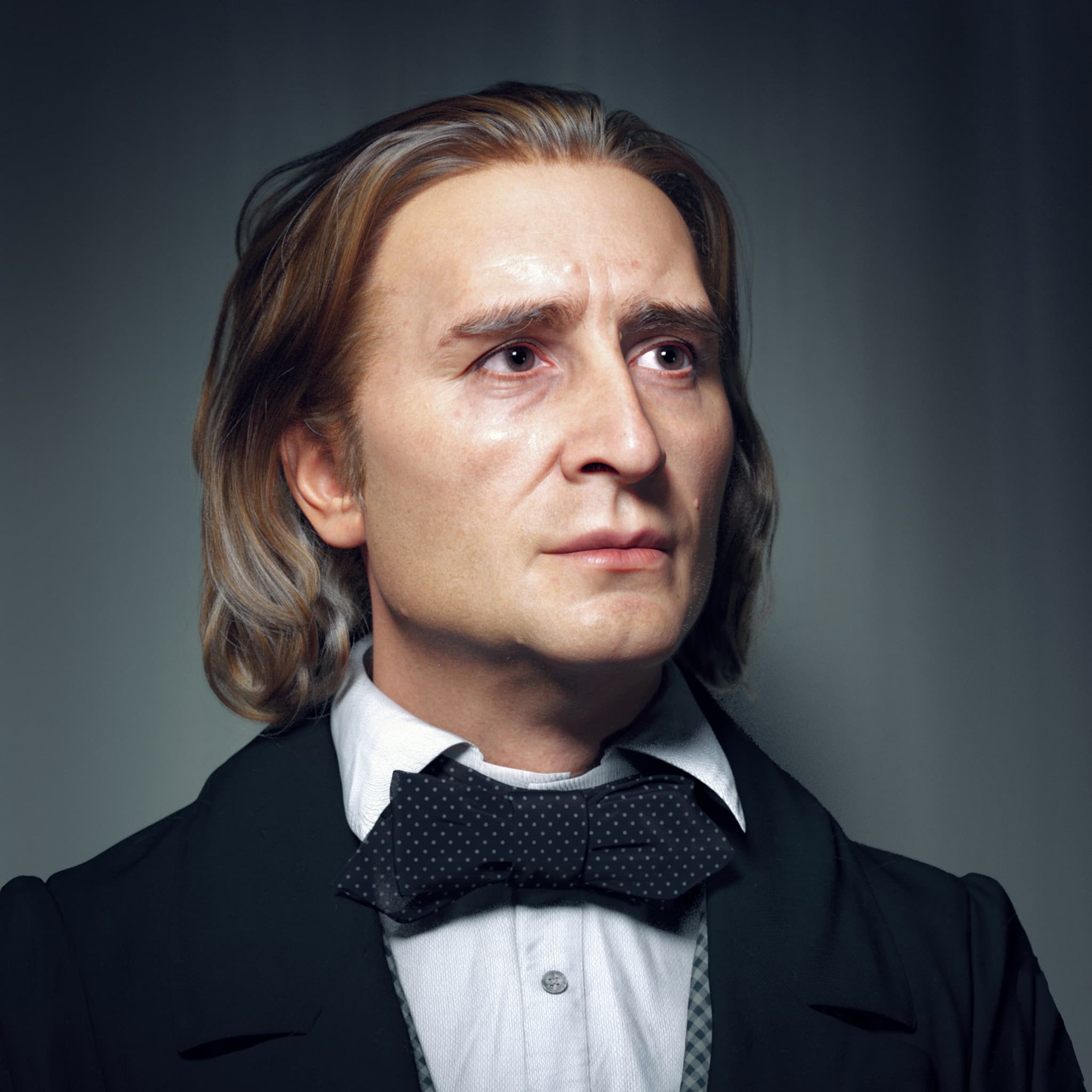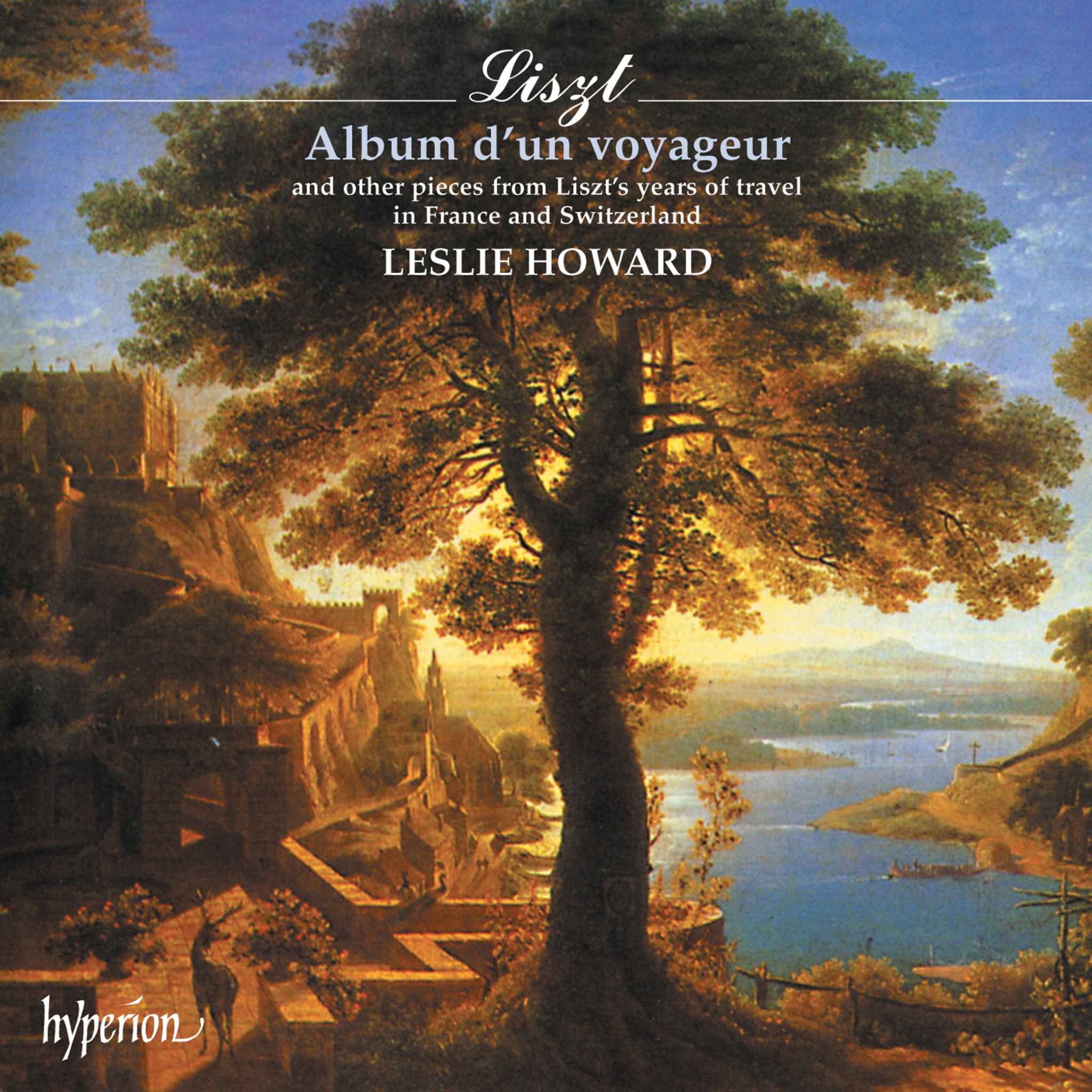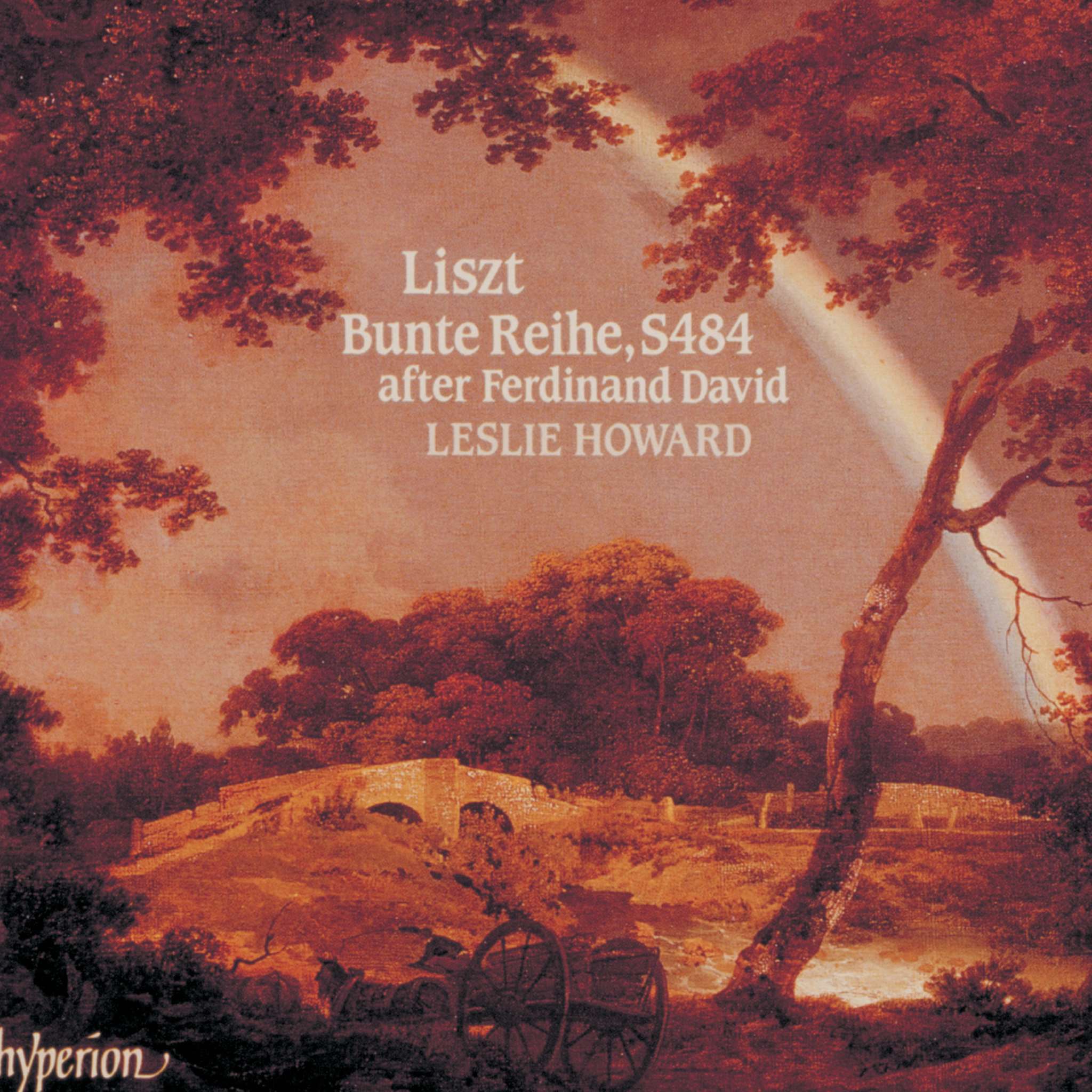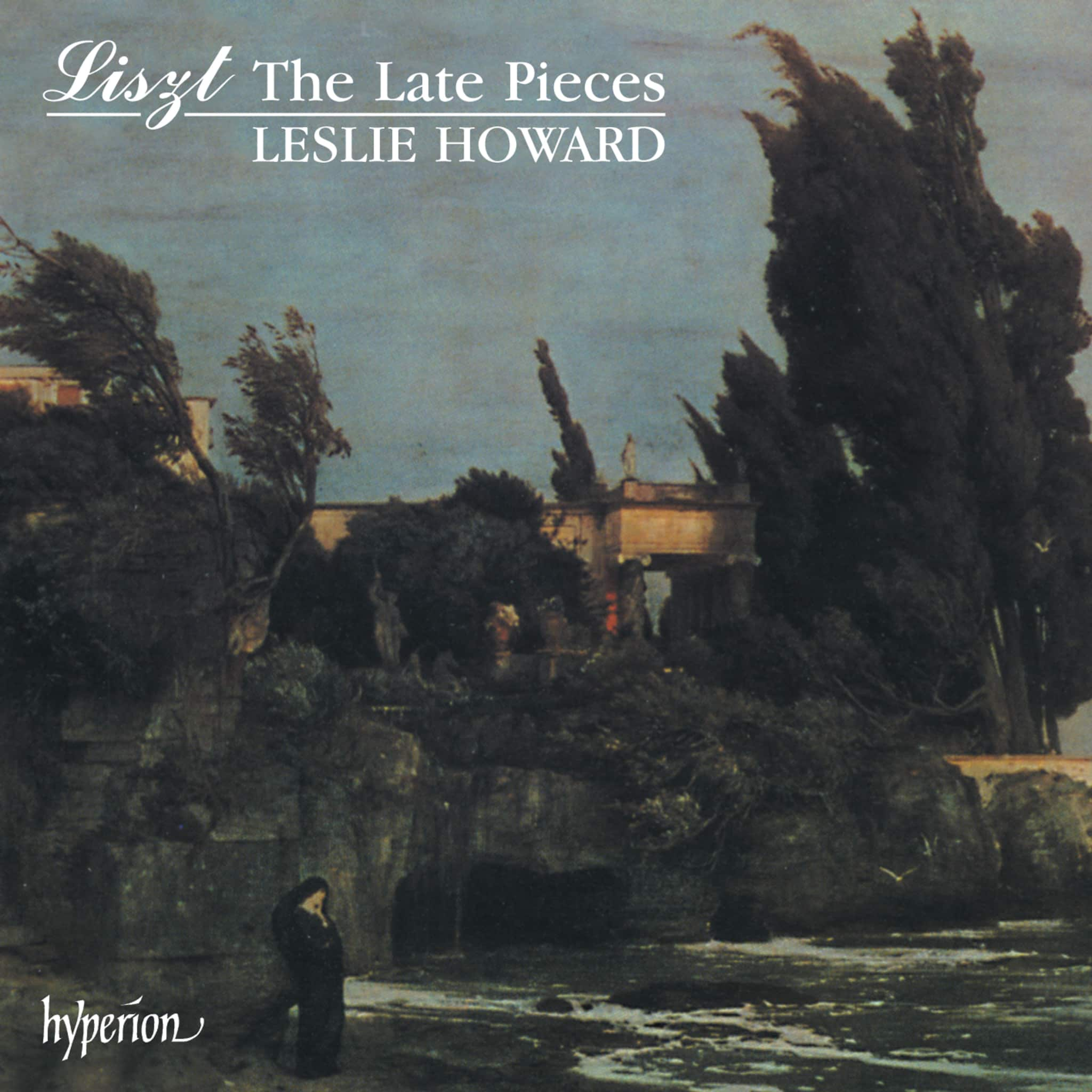Album insights
Polish piano concertos from the 19th and early 20th centuries, apart from Chopin's works from 1829/30, have remained largely unknown even in Poland. Most were never published, and only a few were released, typically in piano reductions. Ignacy Jan Paderewski's piano concerto from 1889 was an exception, recorded multiple times (see Vol.1 of Hyperion's Romantic Piano Concerto Series). Recently, the piano concertos by Sigismond Stojowski (1890 and 1910) and Henryk Melcer-Szczawinski (1892–4 and 1898) have been rediscovered and are also available in this series. This new recording further paves the way by presenting three works for piano and orchestra that have been gathering dust in library shelves for over a century.
Aleksander Zarzycki (1834–1895) remains relatively unknown today, as does his music. He played a crucial role in developing music education in Warsaw, becoming the first director of the Warsaw Music Society in 1871. Zarzycki later joined the Music Academy in 1879, where he hired Paderewski as a teacher. He was also a skilled pianist who studied in Berlin in the mid-1850s, then moved to Paris in 1857 to pursue his career as a composer. He premiered two new compositions at Salle Herz: the Grande Polonaise and the A-flat major piano concerto, blending his talents in both areas.
Chopin’s legacy, both in and outside Poland, involved integrating the Polish national character into his dances. Each of his piano concertos had a dance-like finale, and he also composed standalone pieces for piano and orchestra like the Fantaisie sur des airs nationaux polonais, Rondo à la krakowiak, and Andante spianato et Grande Polonaise. Zarzycki's Grande Polonaise from 1859–60 follows a similar path. The piece, dedicated to pianist and conductor Hans von Bülow, shows Zarzycki likely met Bülow for the first time in Berlin.
Zarzycki's Grande Polonaise op. 7, marked Allegro non troppo, con maesta, upholds the traditional spirit and structure of the genre: a festive three-part dance aiming to evoke pride in a nation that had lost its state sovereignty during the 19th century partitions. After the spirited opening solo passages, the trumpets introduce a variant of the typical fanfare-like Polonaise rhythm. Zarzycki then highlights another Polish dance, the Krakowiak, with distinctive syncopation.
Zarzycki's Grande Polonaise is not just a display of patriotic flair; it also features moments of calmer reflection, even in its outer sections, with lovely interjections from the oboe and flute. Similar to other Polish composers of the time, Zarzycki's style is simpler compared to Chopin's more well-known works. His melodic ideas exude intuitive, almost sentimental lyricism. The main theme seems reminiscent of an operetta, a popular entertainment genre in Paris at that time (Offenbach's Orpheus in the Underworld premiered there in 1858). As expected, the bold opening music returns, and the piece concludes brilliantly with some new side themes.
Zarzycki's Piano Concerto in A-flat major op. 17, also composed in 1859/60, is dedicated to Russian pianist Nikolai Rubinstein. The history and structure of the work hold some mystery. Consisting of only two movements: an Andante in A-flat followed by an Allegro non troppo in F minor shifting to F major towards the end, it seems unlikely that there was no intended sonata-allegro for the opening, even though only these two movements were performed at the premiere in 1860. When the piece was published in 1881, there was no indication of this (clearly a revised version, though the extent and nature of the revision remain unknown).
Zarzycki's concerto starts with a usually central slow, lyrical movement, almost as if diving right into the heart of the piece. This movement is even more lyrical than the one in the Grande Polonaise and features rhetorical passages where soloist and orchestra have equal footing. The second movement, structured in sonata form, stands in stark contrast. Its liveliness traces back to the Krakowiak, a dance from the Kraków region where the first beat of the 2/4 meter is syncopated. The finale's first theme, following the initial fanfare, is initially challenging to grasp, featuring interrupted and reintroduced material with emphasized tonic and dominant chords. It unfolds in a brilliant style reminiscent of Chopin, Hummel, and Mendelssohn. This mood persists as the key shifts to D major, and the soloist exerts a newfound virtuosity on the keys. The second, disarmingly direct main theme is introduced by the piano, leading to a return to the earlier buoyancy and a development into a gallop, with Zarzycki playfully weaving the two previous themes into a full recapitulation and a speedy coda.
Władysław Zelenski (1837–1921) remains as obscure as Zarzycki. His "Characteristic Overture" W Tatrach op. 27 ("In the Tatra Mountains," 1868–70) has been in print since 1879 and retained its place in the repertoire of Polish orchestras. Like Zarzycki, Zelenski was deeply involved in music education. In 1878, he succeeded Zarzycki as director of the Warsaw Music Academy before relocating to Kraków in 1881. Seven years later, he played a role in establishing the Conservatory of the Municipal Music Society, where he remained as director until his death 33 years later.
Zelenski's works have been scantily preserved, with most being undated. The Piano Concerto in E-flat major, op. 60, from 1903 is dedicated to the young Ignacy Friedman, the soloist for its premiere the following year. While it sounds conventional, it reveals stylistic advancements four decades after Zarzycki's concerto. The musical language, in particular, reflects Zelenski's awareness of developments in chromaticism and the concerto style popularized by composers like Franck, Grieg, Liszt, Saint-Saëns, and Tchaikovsky.
The Allegro maestoso at the outset promptly introduces the lively yet initially restrained main theme, slightly reminiscent of the dotted rhythm of a Polish Mazurka. The theme boldly evolves with frequent key changes. The piano part is technically demanding but thematically driven rather than a mere showcase of virtuosity. The piano briefly introduces a secondary theme before a tranquil conclusion to the first theme. The second theme, molto cantabile, played by the soloist over a deep orchestral tone, stands out for its Slavic lyricism, recalling Tchaikovsky once again. This segment merges into a spirited development showcasing Zelenski's fondness for thematic counterpoint. Despite partial theme repetitions, except for the main theme, a compelling development unfolds, building up to a majestic cadenza before the return to the home key and the reinstatement of the opening theme. A two-part coda follows, each part delivering an expressive surprise. The theme is first presented more vivaciously, followed by a subtle transformation into a brief yet irresistible waltz.
The subsequent Thème varié comprises a G minor theme and five variations. This 2/4 theme blends an 18th-century dance ambience with a dark Slavic undertone in the melody. The first variation, led by the piano, presents a richer rendition, while the second, Allegretto vivace, features sparkling triplet rhythms. The third variation, Quasi adagio, imbues the theme with a somber tone, deepening the interplay between soloist and orchestra. In the following variation, Tempo di marcia sostenuto, the theme is extensively framed by intricate piano work before the orchestra takes the lead with full force. The final variation, Andante ma non troppo lento, commences in G major with a highly romantic interpretation of the theme.
The fleetingly hinted Krakowiak from the second movement erupts in the folk-like exuberant rondo finale. Despite the thematic similarity to the previous movement, transitioning to E-flat major here, the tempo and accompaniment mark the distinction, along with syncopations in the new four-bar phrase. This responsive phrase feels less stable than it seems, as the pianist engages in a cheerful dance.
A contrasting poco moderato episode introduces intriguing chord patterns, maintaining the main theme while propelling the music forward with an additional motif. The rondo theme and home key resurface twice more, unraveling unexpectedly and energetically with new counterpoint and spirited piano passages. The rondo theme returns for a final time in the Allegro vivace quasi presto coda. Following the dance-like coda of the first movement, the final movement closes fittingly in a similar manner, this time with a Tarantella that showcases one last contrapuntal passage from Zelenski's admired thematic elements from the first movement.






